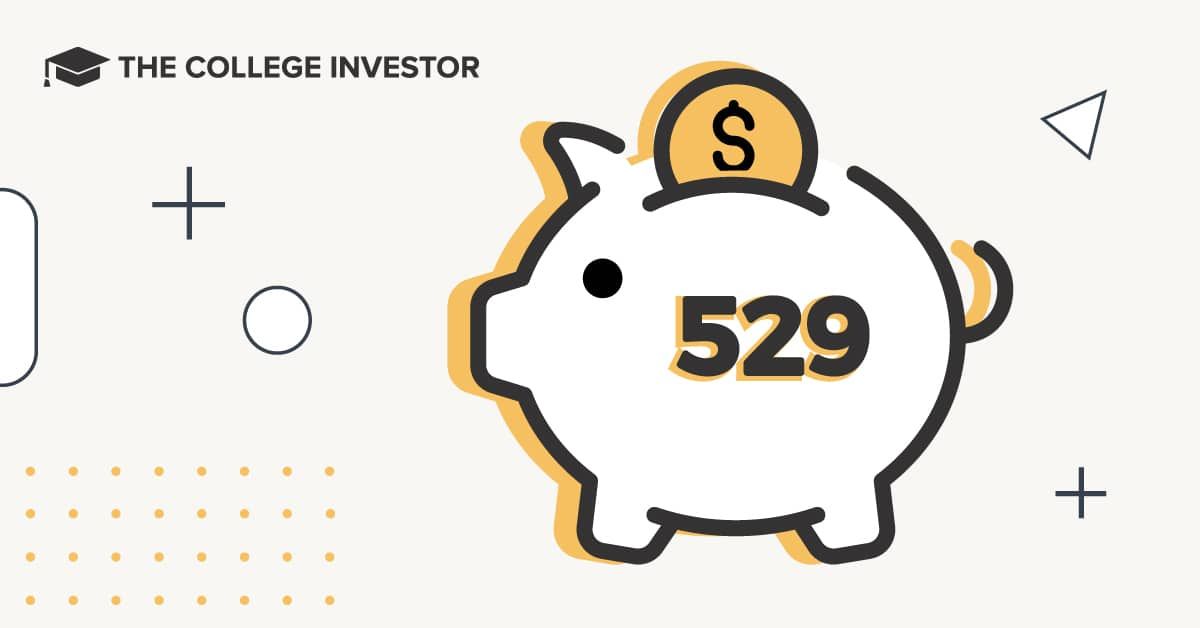
Source: The College Investor
- Total 529 College Savings Plan balances have surpassed $508 billion for the first time
- More than 16.8 million 529 accounts are now open across the United States
- 38% of 529 plan users are taking advantage of automatic contributions
According to the latest data from the College Savings Plans Network, total assets in 529 plans has surpassed $508 billion as of June 30, 2024. This is the total balance across all 16.8 million accounts held at the various 529 plans in each state.
Mary Morris, Chair of the College Savings Plans Network and CEO of Invest529, said in a press release, “As we read about headwinds facing those accessing education beyond high school and employers struggling to find workers with technical skills needed in today’s workforce, it is encouraging to see continued strength in the growth of individuals and families investing in their futures with contributions to tax-advantaged 529 accounts.”
The College Savings Plan Network is a branch of the National Association of State Treasurers. It’s important to remember that each state governs their own 529 plan, and as such, the rules may vary across states.
Related: 529 Plan And College Savings Statistics
Growing Interest In 529 Plans
The number of open 529 accounts has now reached more than 16.8 million across the nation, reflecting a steady increase in participation. Over the last year, new 529 plan options like being able to rollover a 529 plan to a Roth IRA have piqued interest in these plans more than ever.
Another factor driving growth in existing account balances is the increasing use of automatic contributions. According to the CSPN, over 38% of 529 plan participants are now enrolled in automatic contribution programs, which allows regular deposits into their accounts without requiring families to manually transfer funds.
529 plans offer compelling tax advantages when used for qualified expenses. Contributions grow tax-free at the federal level, and withdrawals remain untaxed if used for qualified higher education expenses, which include tuition, books, room and board, and certain supplies.
Many states also offer tax benefits such as tax credits or deductions for contributions. You can find your state in our list and see what your state offers.

Increasing The Accessibility Of Education
The milestone of reaching $508 billion in 529 plan savings comes at a time when the cost of higher education continues to climb, posing significant challenges for families.
As employers face a growing need for workers with technical and higher education skills, the role of 529 plans has never been more crucial in preparing the next generation for success. These plans are designed not only to make college more accessible but they can also support with K-12 educational expenses, vocational school, and more.
The growth in 529 plans continues to underscore the importance families are placing on saving for educational expenses.
Don’t Miss These Other Stories:

